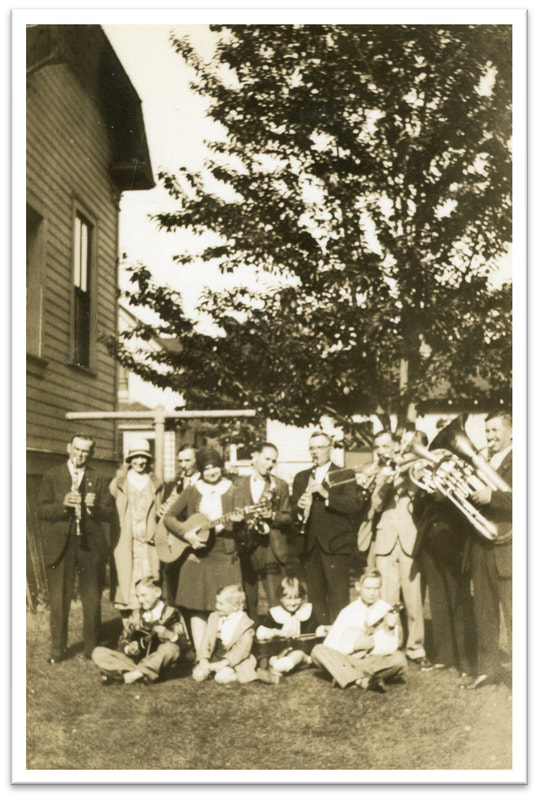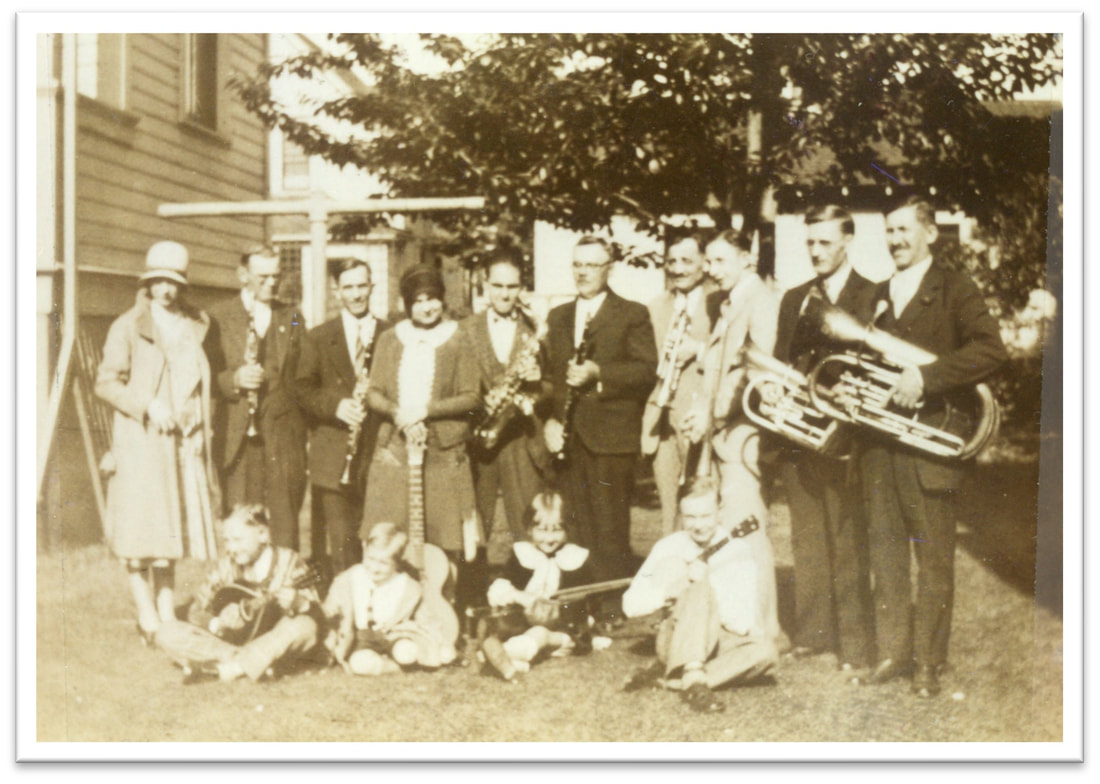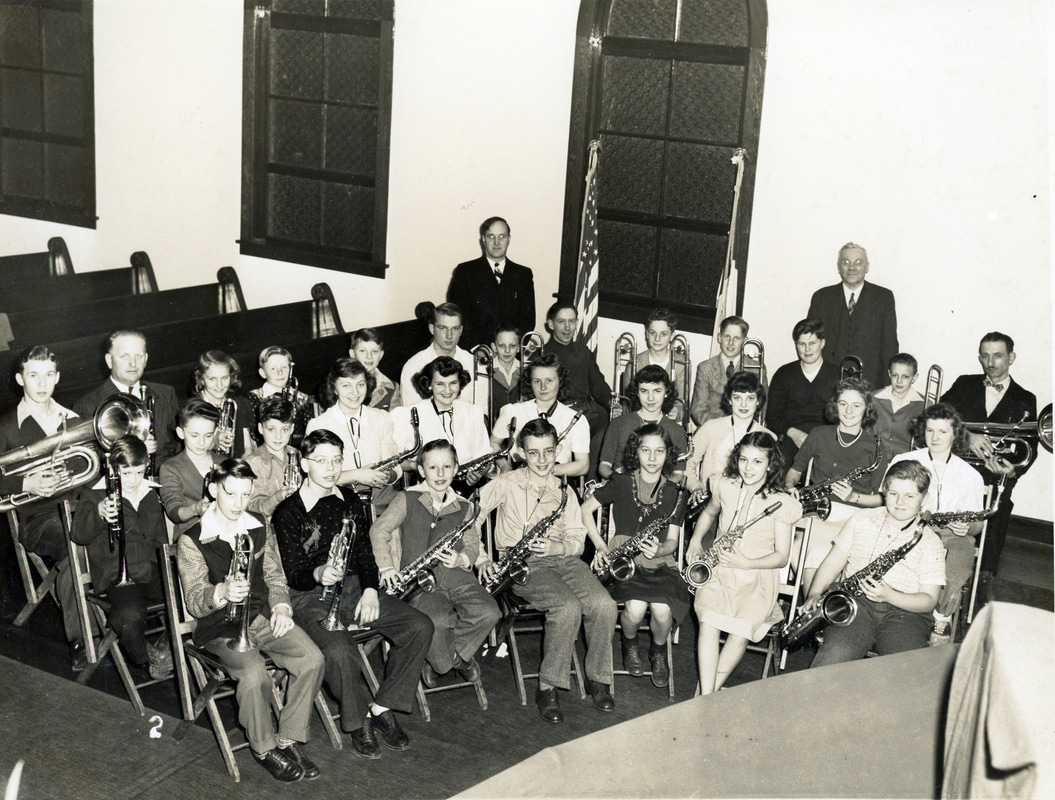Second German Congregational Church Bands
The love of music has been passed down from generation to generation since the church's founding. This musical heritage originates in Germany and Russia, where the founding families had ancestral ties
In 1945, Louis Pilbeam was invited to begin a band at our church. Trumpets, trombones, and saxophones were the primary instruments. When students learned to play the scales, Mr. Pilbeam taught them to transpose piano music from the hymnal.
Church band members, who actively participated in the church services, discovered when they entered high school that they were considered among the best musicians in their school. Many band members were top musicians in All-City bands, orchestras, and the Junior Symphony.
Small groups provided music for banquets, youth meetings, or wherever they were needed. The band was often invited to perform concerts at other churches, even as far away as Vancouver, British Columbia.
Sources
Joanne and Willis Krieger
Last updated January 11, 2024


